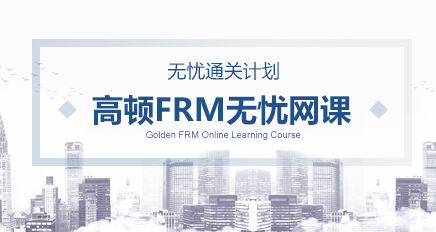E3模拟题参考答案(一)
Answer:
Requirement (a)
As a nationalised industry, T Railways has a range of stakeholders and the focus of its performance has not been profit making as any losses have been covered by the central government of T. There has also been a lack of investment in new trains which will have adversely affected the performance of trains in the Energy sector. Therefore, it is difficult to compare different sectors as one has very old trains and another, the Automotive sector, has new trains.
T Railways has a range of conflicting objectives, as passenger services generate more revenues than freight (T$680 million versus T$516 million) and passenger trains take priority over freight trains. Additionally, the rail regulator is putting increasing pressure on T Railways to improve passenger services. This puts a lower emphasis on the performance of the freight division (TFR).
T Railways, and indeed TFR, has multiple stakeholders and this will mean it has multiple objectives to achieve. Each stakeholder will have different objectives, as can be seen from the strategic objectives set by T Railways which include reference to safety, reliability, cost effectiveness and environmental impact. Prioritising these objectives may be difficult as the achievement of one objective may directly impact upon another. For example, reducing carbon emissions may require increased investment in more modern fuel efficient trains but clearly this may impact adversely on the objective of cost efficiency. There is a conflict between safety, operating costs and carbon emissions and no clear direction as to what the priority in objectives is. Is it to reduce T Railways' carbon emissions or to maximise revenues or profits?
Conflict between stakeholders’ objectives is inevitable. For example, for T Railways one of the objectives is to reduce carbon emissions, which is clearly a high priority for the regulators and some of the key customers such as the large supermarkets and retailers. However, this will inevitably impact upon costs if this involves investment in new facilities and trains. This will negatively impact upon other key stakeholders, such as the Government and its objective ofcost effectiveness and efficiency. Therefore, managing stakeholder conflicts is likely to be a major activity for T Railways.
Many of the stakeholders will themselves have multiple objectives and will not only be looking at one aspect of T Railways' performance. For example, the CHG business sector is clearly considering the environmental issues but it will also be considering the punctuality and reliability of the delivery method. Therefore, this will be difficult when identifying and prioritising objectives as different customers may also have multiple objectives with different priorities.
Also it is often difficult to measure the achievement of objectives. For example, measuring punctuality may not be very easy to do, as there are likely to be many factors which impact upon this objective. For example, TFR may have increased its own punctuality but this may be negatively impacted upon by delays caused by passenger services or delays on other countries' networks. Similarly, measuring safety is likely to be far more complex than merely relying upon the measurement of accident statistics. Many complex factors play a part in all of the key performance indicators and these need to be taken into account before any action is taken.
Some stakeholders will hold greater power than others and some objectives may be more highly prioritised because of this. This may cause T Railways to focus incorrectly upon those objectives and KPIs most important to the key players, such as Government, and overlook those which are most important to its staff or its customers, as it may consider the Government to be its most important stakeholder. This in turn could result in lost business if customers do not think that their objectives are being met. For example, reducing accidents may incur high investment costs in new trains and more training which may not be of high priority to the Government. However, T Railways’ staff will be highly concerned with safety issues and may feel unhappy with T Railways if safety needs are overlooked in favour of cost efficiency measures.

















